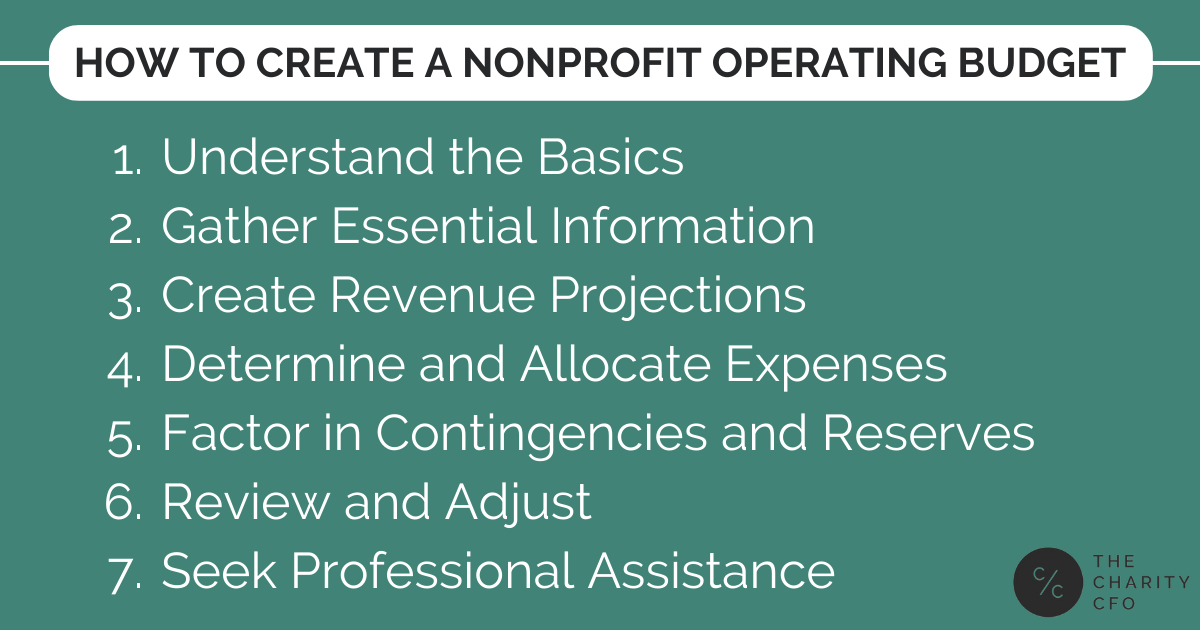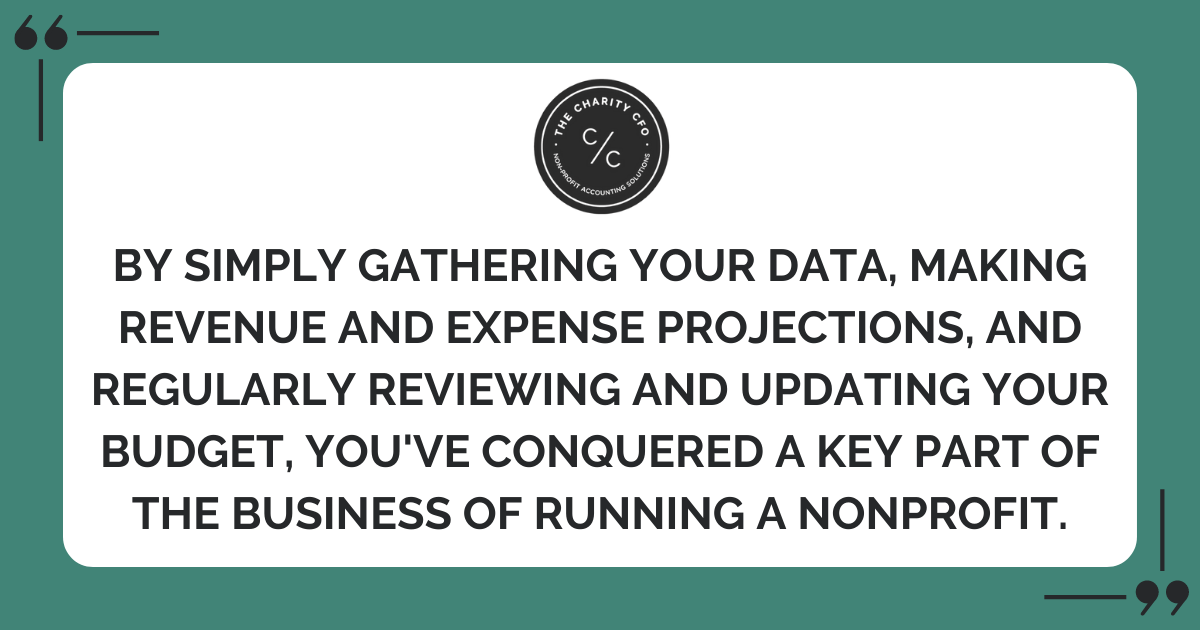Whether you’re a new organization or an established one working to get its finances under better control, there are few more important things to get right than your nonprofit operating budget.
It serves as the backbone of your nonprofit’s spending, fundraising, and much more. But if you need some help putting one together, you’re not alone.
Read on as we break down the process step-by-step and answer some critical questions many nonprofit leaders often have.
Understanding the Basics of a Nonprofit Operating Budget
All operating budgets can be broadly split into two categories – revenue and expenses.
For nonprofits, revenue comes from:
- Fundraising
- Grants
- Membership fees
- Investment income
- Any other activity that brings money into the organization
Expenses are more varied but cover your charity’s basic work to carry out its mission (program expenses) and costs associated with fundraising, as well as administrative expenses for salaries, rent, utilities, and similar bills.
Nonprofit operating budgets differ from regular for-profit business budgets in key ways.
For one, they’re designed to reinvest any extra money back into the organization rather than take it out as income for business owners.
Additionally, for-profit budgets often have expenses closely linked to revenue, like the cost of goods sold or employee wages. That’s not the case for most nonprofits, which have separate arms for raising money and carrying out their missions.
Gathering Essential Information
Before you can figure out where your nonprofit is going, it’s vital to figure out what happened in the past. Take time to collect financial data from previous years as best as possible. Identify and log sources of revenue and common or recurring expenses.
This can provide a baseline for future budgeting, allowing you to tweak as needed for your goals rather than starting from scratch. Simply collecting this crucial data can go a surprisingly long way toward identifying and solving organizational problems.
Creating Revenue Projections
Now, take some time to consider where your revenue is headed in the quarters or years ahead. Step back and assess your fundraising strategies and how potential changes could affect your expected contributions. Consider the impact of any grants or sponsorships, including both new ones you may win and current ones that may shrink or dry up.
This is also where you should estimate any earned income or program fees if they apply to your situation. Think broadly about other revenue streams as well.
- Is your organization receiving investment income?
- Does it own property that could be rented or sold?
While you should consider everything, be as realistic as you can in setting revenue projections. While it might be less than ideal to underspend when your organization has the capacity to spend more, it’s far worse to overestimate fundraising or grants and end up scrambling to cover costs.
Determining and Allocating Expenses
The next step to creating your nonprofit operating budget is to figure out where the money you’ve raised will be spent. As mentioned above, expenses will primarily fall into one of three categories:
- Program expenses
- Fundraising expenses
- Administrative expenses
While program expenses are the core of your organization’s mission, fundraising and administrative costs also need to be properly accounted for to keep the lights on. Therefore, it can be helpful to establish these first and figure out what’s left.
Be sure to consider whether your costs are fixed, like rent (staying the same no matter how you operate), or variable, like salaries and expenses for fundraising events (growing or shrinking as your operations do.)
This is also a crucial step of the process because you’ll be setting your nonprofit’s priorities and goals by determining which get funded and which don’t.
Factoring in Contingencies and Reserves
Anyone who’s run a nonprofit or any other organization knows the one thing you can expect is unexpected expenses. That’s why it’s vital to set aside part of your budget for these contingencies and reserves.
Work to identify potential risks to your operations and create basic contingency plans that can make dealing with problems more straightforward when they occur. Your organization should also determine its policy on reserves, including the ideal long-term level as well as how much and when to contribute or draw them down.
Reviewing and Adjusting the Nonprofit Operating Budget
Congratulations – you now have the basics of your nonprofit operating budget! But the work isn’t over.
Regular budget reviews on a quarterly or yearly basis are essential to see if you’re hitting your expected benchmarks in both revenue and expenses.
Looking over your budget with new hard data will allow you to make any tweaks as necessary and head off serious potential problems.
Seeking Professional Assistance for Your Nonprofit Operating Budget
With these easy steps, you’re well on your way to creating a workable, up-to-date budget to help your organization thrive.
By simply gathering your data, making revenue and expense projections, and regularly reviewing and updating your budget, you’ve conquered a key part of the business of running a nonprofit.
But if you need a hand or are looking for some expert advice, The Charity CFO is here to help. Contact us today to learn more about how we can help your organization unlock its full potential by getting its budget on track.

Do You Struggle to Make Sense of Your Financial Statements?
Get our FREE GUIDE to nonprofit financial reports, featuring illustrations, annotations, and insights to help you better understand your organization's finances.
Get the free guide!



0 Comments